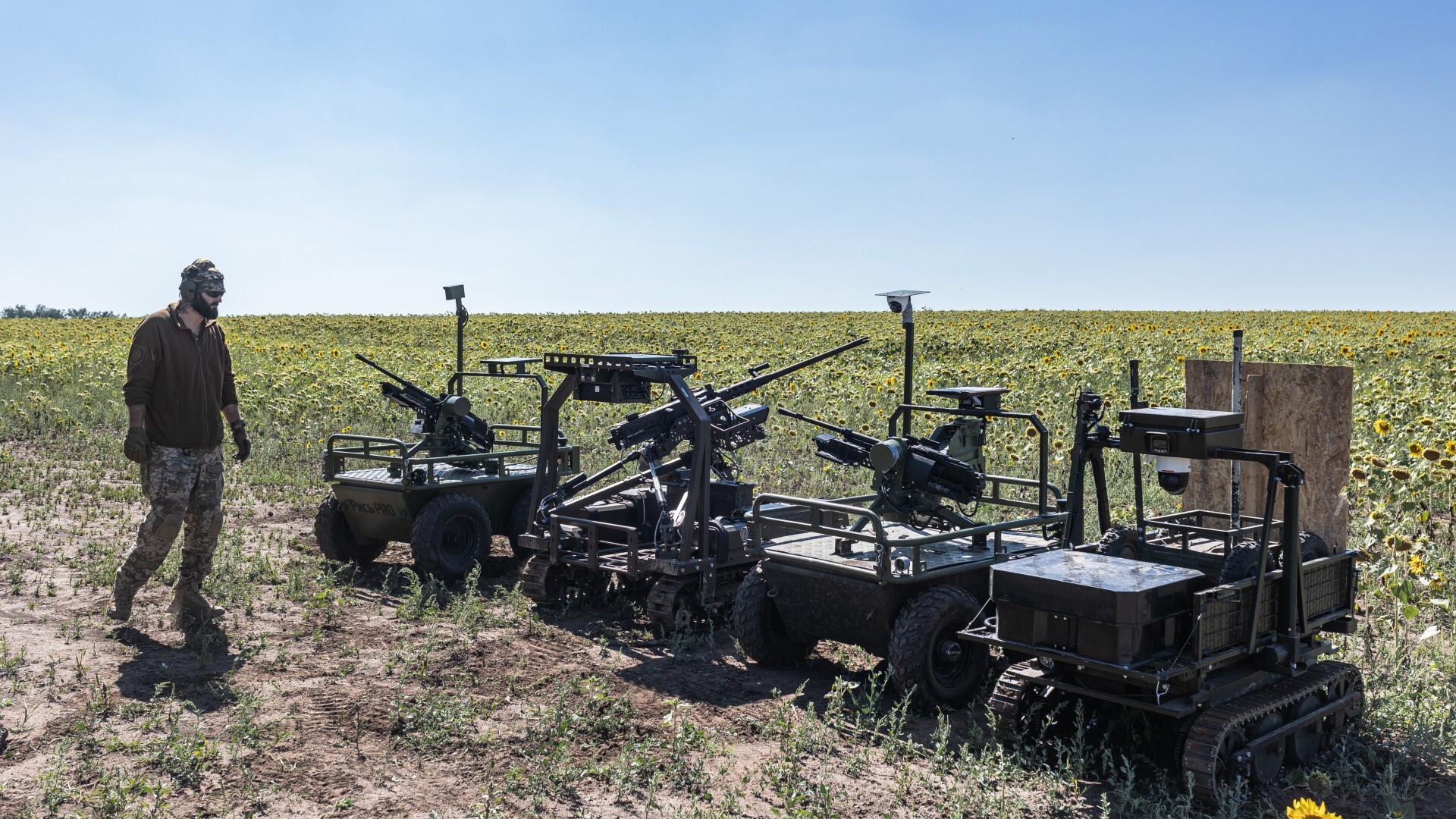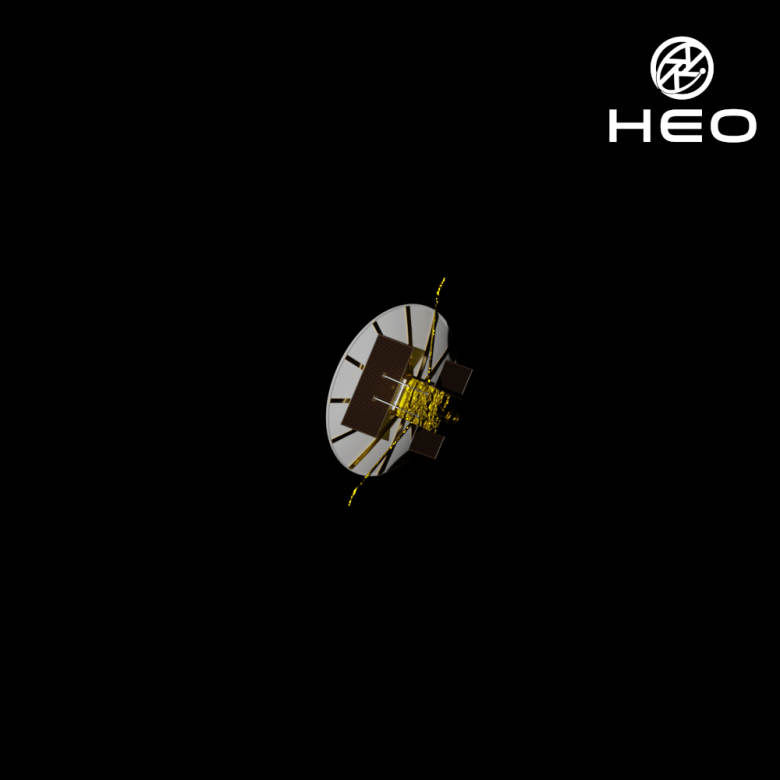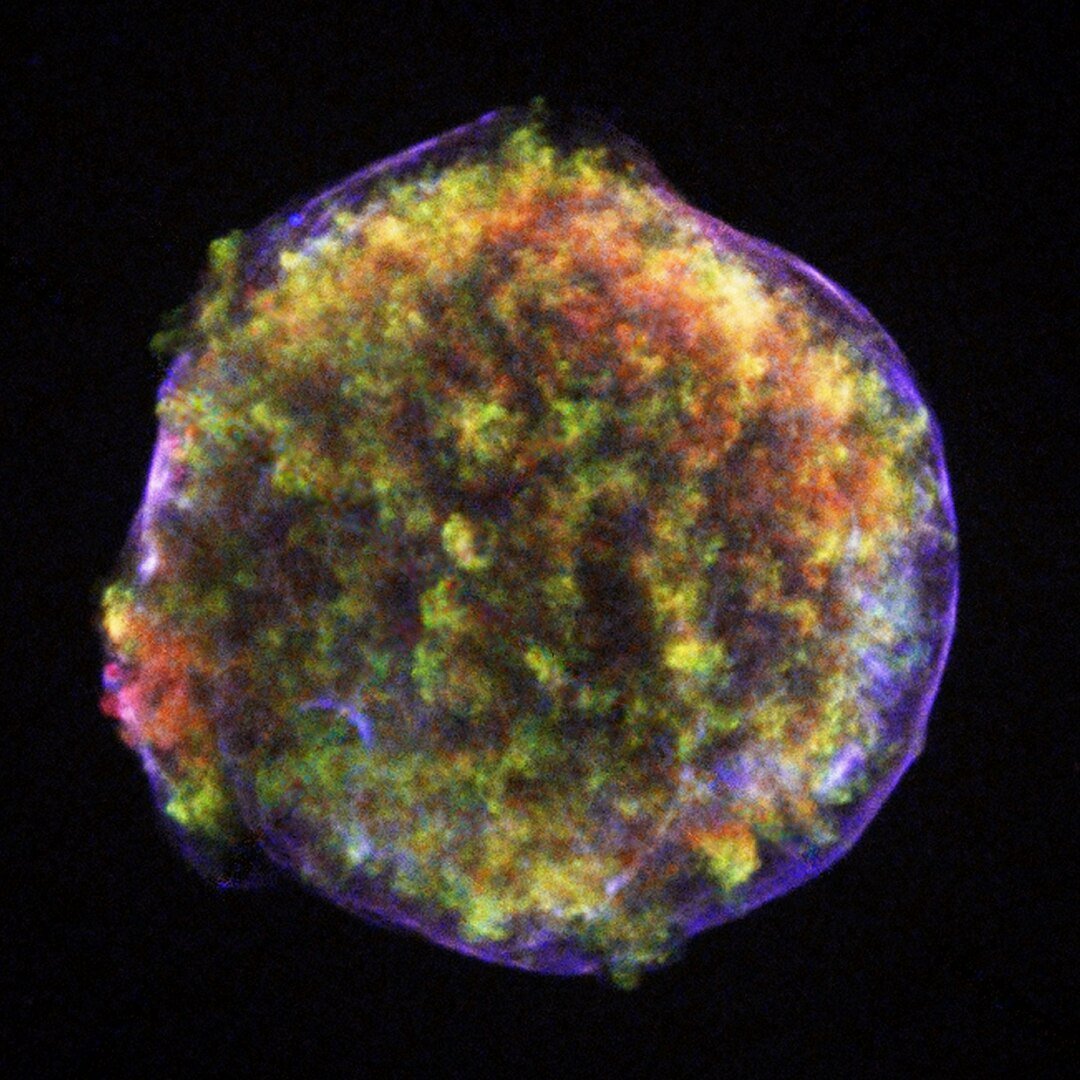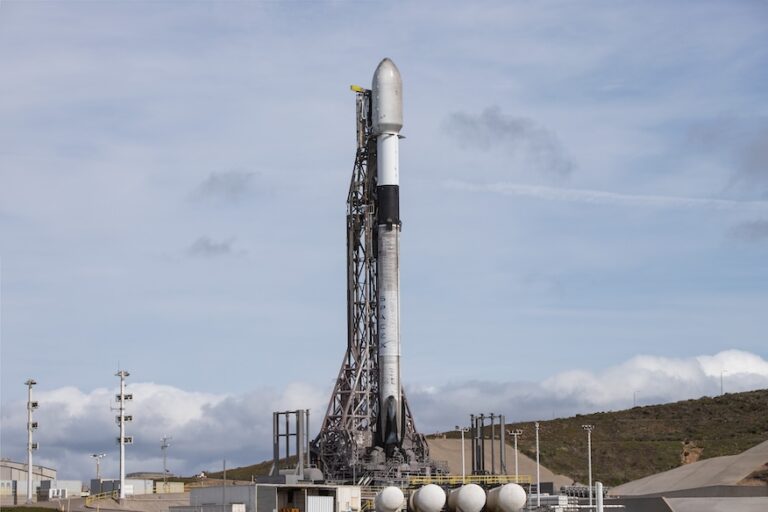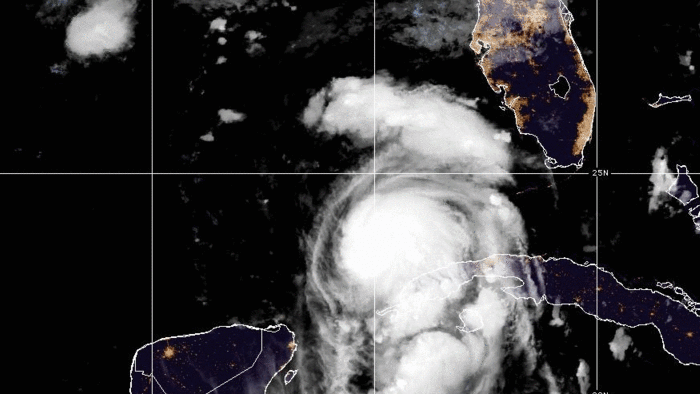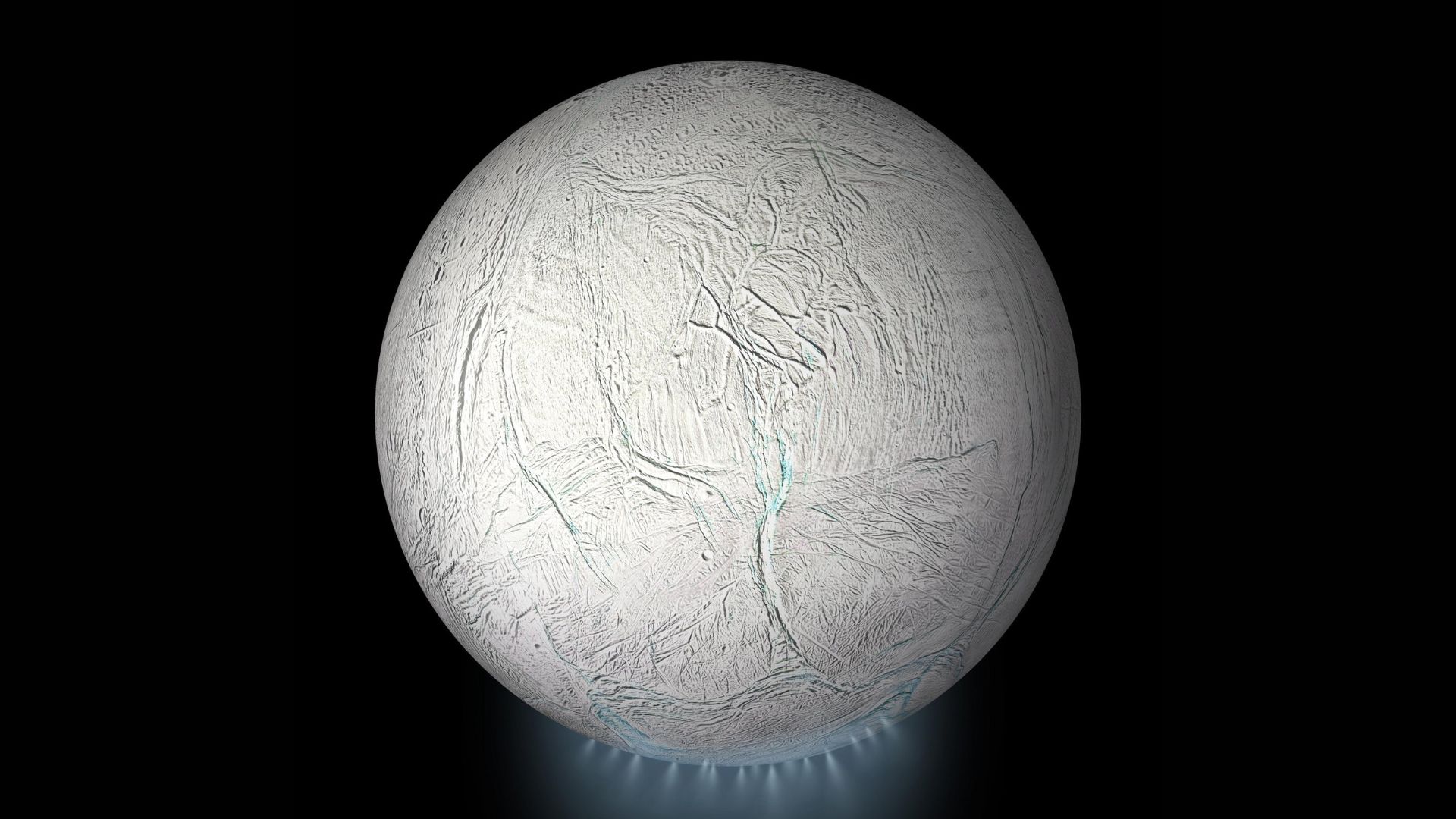The amount of bandwidth provided by SpaceX’s Starlink satellites is limiting Ukraine’s ability to operate ground robots on the frontline of the nation’s war against Russia, forcing the beleaguered nation’s
Archive for October, 202523- Page
HELSINKI — Australian company HEO has imaged and modeled a mystery Chinese satellite prior to its reentry into Earth’s atmosphere, revealing previously unknown details about the spacecraft. Xinjishu Yanzheng-7 (XJY-7),
The defense and intelligence community is entering a new era of autonomy, one defined by AI-driven workflows that are reshaping how we handle geospatial intelligence (GEOINT). Agents are beginning to
The famous Tycho supernova of 1572, witnessed by Danish astronomer Tycho Brahe, didn’t explode in empty space as has been assumed. New analysis reveals it detonated inside a planetary nebula,
File: A SpaceX Falcon 9 rocket stands ready to launch the Starlink 7-14 mission from Vandenberg Space Force Base. Image: SpaceX SpaceX will continue its rapid pace of launches Monday
In a literary landscape often dominated by formulaic narratives, “Archive of Unknown Universes” emerges as a refreshing anomaly, a genre-bending novel that intricately weaves together themes of love, conflict, and
This article was originally published at The Conversation. The publication contributed the article to Space.com’s Expert Voices: Op-Ed & Insights. Hurricanes are America’s most destructive natural hazards, causing more deaths
This article was originally published at Eos. The publication contributed the article to Space.com’s Expert Voices: Op-Ed & Insights. New laboratory research suggests that some organic molecules previously detected in
We’re always on the lookout for good-value products. This WindFire flashlight caught our eye because it is priced at around $25 but on paper, it boasts some impressive specs. Specifications
Dark matter has two central properties: it has mass like regular matter, and unlike regular matter, it reacts weakly or not at all with light. Neutrinos satisfy these two criteria,
-
 012024 in Review: Highlights from NASA in Silicon Valley
012024 in Review: Highlights from NASA in Silicon Valley -
 02Panasonic Leica Summilux DG 15mm f/1.7 ASPH review
02Panasonic Leica Summilux DG 15mm f/1.7 ASPH review -
 03How New NASA, India Earth Satellite NISAR Will See Earth
03How New NASA, India Earth Satellite NISAR Will See Earth -
 04And Thus Begins A New Year For Life On Earth
04And Thus Begins A New Year For Life On Earth -
 05Astronomy Activation Ambassadors: A New Era
05Astronomy Activation Ambassadors: A New Era -
06SpaceX launch surge helps set new global launch record in 2024
-
 07Space Force plans new ‘Futures Command’ amid pressure to speed up modernization
07Space Force plans new ‘Futures Command’ amid pressure to speed up modernization


